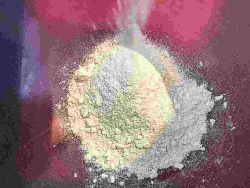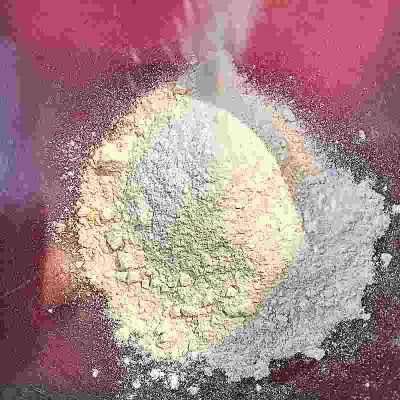
Bread Flour Substitute – What’s The Best One?

Whenever you get that baking feeling and realise you’re missing a vital ingredient it’s a right bummer! Is it worth making a special trip to the store? Will you have time to make the bread if you do? Well, what if you don’t have any bread flour in your cupboard, can you still make bread? With these bread flour substitutes, you’ll see that you can!
What can I use if I don’t have bread flour?
If you want to make bread you still can without bread flour. All-purpose flour can be used for many bread recipes, you can also use other types of flour, such as rye or kamut, which make fantastic bread. Vital Wheat Gluten can also be used to increase the amount of gluten in plain or all-purpose flour so you can make any bread recipe.
Can I use all-purpose flour for bread?
All-purpose flour contains less gluten proteins than bread flour. The flours packaging displays the amount of protein it contains (with most of the protein in flour being gluten). Depending on where the flour is grown and milled, it is possible that all-purpose flour contains enough gluten to make most types of bread, lower protein all-purpose flour shouldn’t be used for typical bread, but can make recipes that are long-fermented as the gluten gains strength when it’s left to rest. Soda bread can also be made with all-purpose flour.
Typical protein ranges of flour
- All-purpose flour: 9-11% protein
- Bread flour: 11-13% protein
- Strong bread flour 13-15% protein
What is Vital Wheat Gluten?
Vital Wheat Gluten is produced by hydrating wheat flour with water and then removing the water to take away the starch. The product is then dried to become a highly concentrated source of gluten. It can be added to low-protein flour to boast its bread-making properties. In most cases adding Vital Wheat Gluten is more expensive than sourcing bread flour, however, in some parts of the world, bread flour is hard to find.
How to convert all-purpose flour to bread flour?
To determine how much Vital Wheat Protein to turn all-purpose flour into bread flour, look at the protein percentage on the label. To make most bread, around 11-12.5% of protein is ideal, for quick one-rise loaves, 12.5-13% is recommended. If your all-purpose flour contains 9% protein and you want to increase it to 11%, the simplest way is to remove 2 teaspoons per cup of flour and replace it with Vital Wheat Protein.
For a more accurate calculation, as VWG is 87.5% protein and we round it up to 100%, to increase 100 grams of flour by 1% of protein, you simply remove 1 gram of flour and replace it with 1 gram of vital wheat gluten. So to turn 500 grams of 9% protein flour into 11% protein flour, remove 10 grams of flour and replace it with the same weight of protein powder.
What else can I use as a bread flour substitute?
If you can’t get Vital Wheat Gluten, or have one of these ingredients in your cupboard, you can use one as a bread flour substitute:
Add protein-rich ingredients
Instead of adding gluten, other types of protein will help bind the dough together, making it possible to use all-purpose flour to make bread. Eggs, flak seeds, milk and yoghurt can be used to enhance the structure of your bread. Additionally, natural emulsifiers such as vegetable oil and soy flour can help too.
Rye flour
The hearty rye grain contains a different kind of protein from wheat flour. Pentosan proteins form a structure that can capture gas. However, as pentosans aren’t all that suitable for baking bread, an acidic dough such as sourdough is advised to prevent the bread from collapsing in the oven.
Gluten-free flour
Gluten-free flours, such as kamut and buckwheat are great substitutes for wheat flour, and aren’t just for allergy sufferers! As these flours behave differently from bread flour you’ll need to follow a recipe based on the flour used.
Xantham gum
Although it offers little nutritional benefits, xantham gum can be used to bind the structure in your dough so you can make bread. Common in gluten-free recipes.
Frequently asked questions
If you’ve enjoyed this article and wish to treat me to a coffee, you can by following the link below – Thanks x

Hi, I’m Gareth Busby, a baking coach, senior baker and bread-baking fanatic! My aim is to use science, techniques and 15 years of baking experience to make you a better baker.
Table of Contents
Related Recipes
Related Articles
Latest Articles
Baking Categories
Disclaimer
Address
53 Greystone Avenue
Worthing
West Sussex
BN13 1LR
UK







